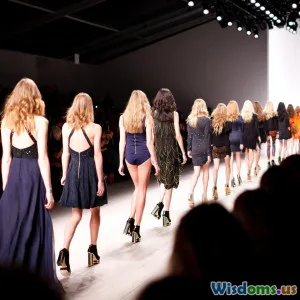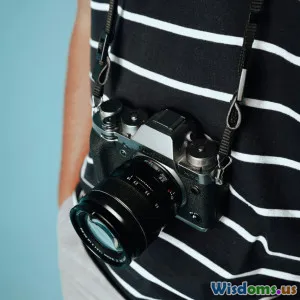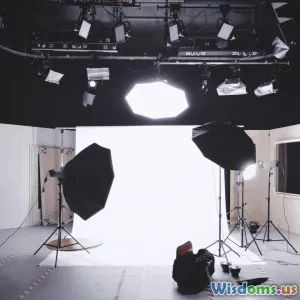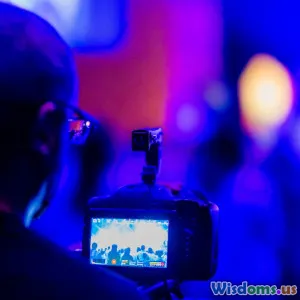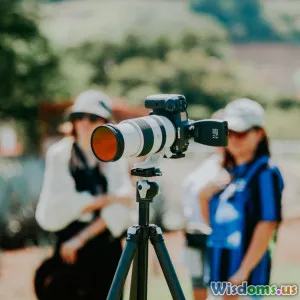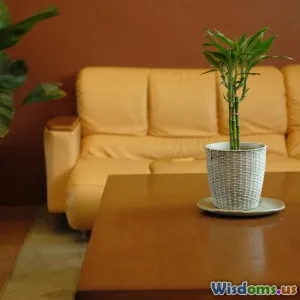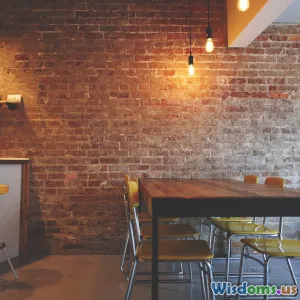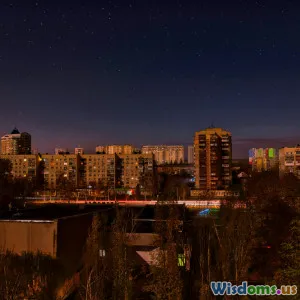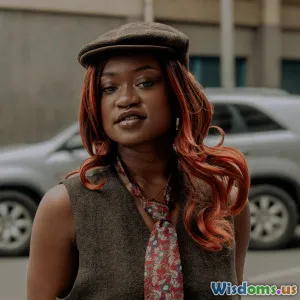
Unfiltered: My First Experience Shooting London Fashion Week
14 min read A candid recount of my exciting introduction to photographing London Fashion Week, exploring vibrant haute couture and behind-the-scenes moments. (0 Reviews)
Unfiltered: My First Experience Shooting London Fashion Week
London Fashion Week (LFW) has always sat at the crossroads of heritage and cutting-edge style—a heady mix of global designers, runway drama, and the city's own unpredictable spirit. As a photographer accustomed to editorial shoots and street style, earning a press pass for my first LFW seemed the apex achievement. Yet nothing truly prepared me for the sensory overload: the whirr of cameras, the swirl of fabrics, and ever-resourceful photographers staking their fleeting claims on each perfect moment. Here’s my unfiltered account, peppered with practical tips, honest realizations, and the fashion insider tricks no one tells you.
The Prep: Building Gear & Grit
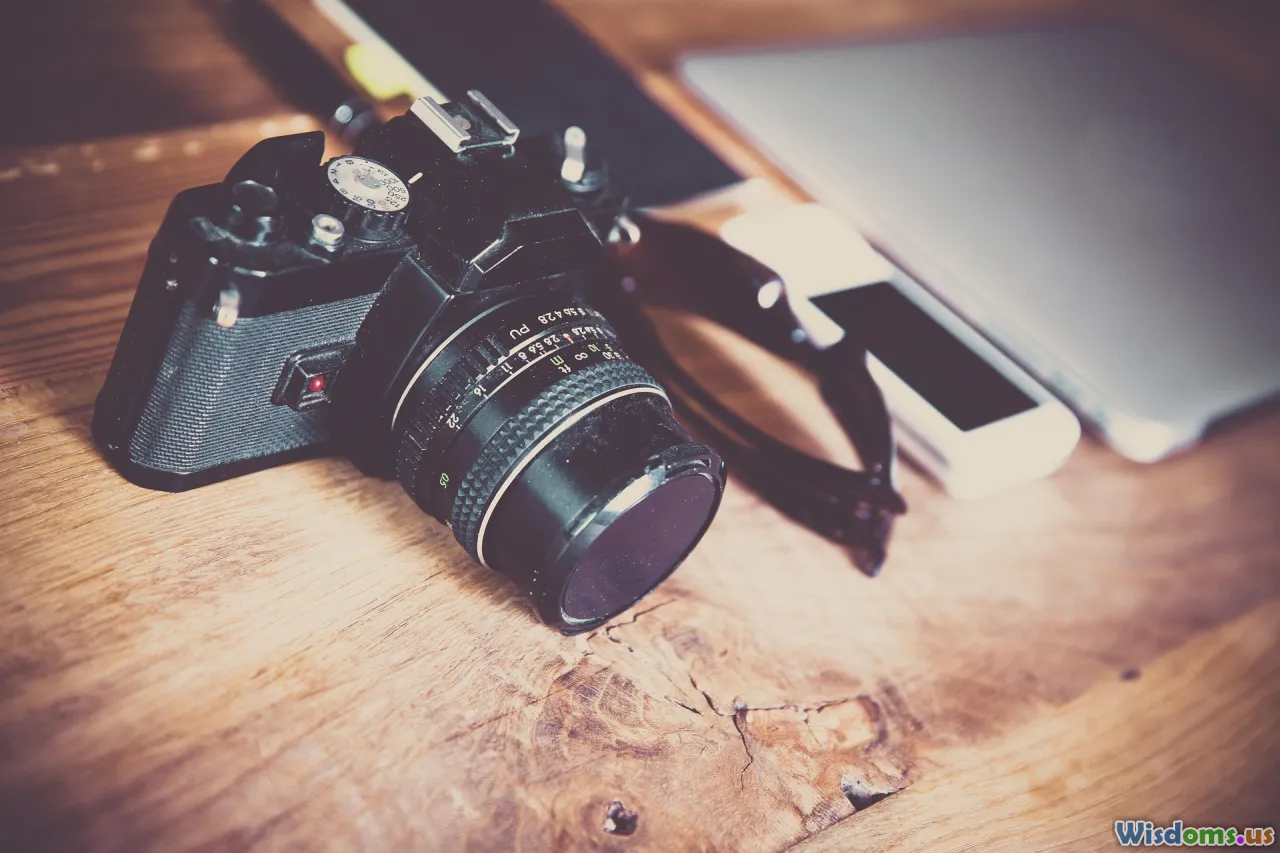
Weeks before the event, my living room turned into a makeshift gear lab. My prized DSLR—usually reserved for editorial portraits—lay beside a cluster of prime and zoom lenses. The debate between hauling a 70–200mm versus my stealthy 50mm would define the coverage I could achieve. Battery packs, SD cards, monopods? Check, re-check.
Packing Essentials
Everywhere online, seasoned fashion photographers emphasized minimalism, but at what cost? The tension between flexibility and agility grew intense:
- Prime or Zoom Lenses: The 24–70mm gave much-needed reach in packed venues. Prime 85mm glass offered dreamy bokeh, perfect for those candid backstage portraits.
- Bags and Comfort: I swapped my standard backpack for a lightweight sling bag—fast access trumps capacity when you’re constantly on the move.
- Footwear Counts: The best advice I got: invest in comfortable, sturdy shoes; mine were waterproof trainers for errant drink spills and London drizzle.
I also did my homework. Downloading the LFW schedule, mapping out the show venues (sometimes scattered between Somerset House and trendy Soho locales), and connecting with a handful of other press photographers over Instagram DMs proved critical. The right introductions, I quickly found, often happened before you flash your first press pass.
Arrival Jitters: Backstage & Beyond
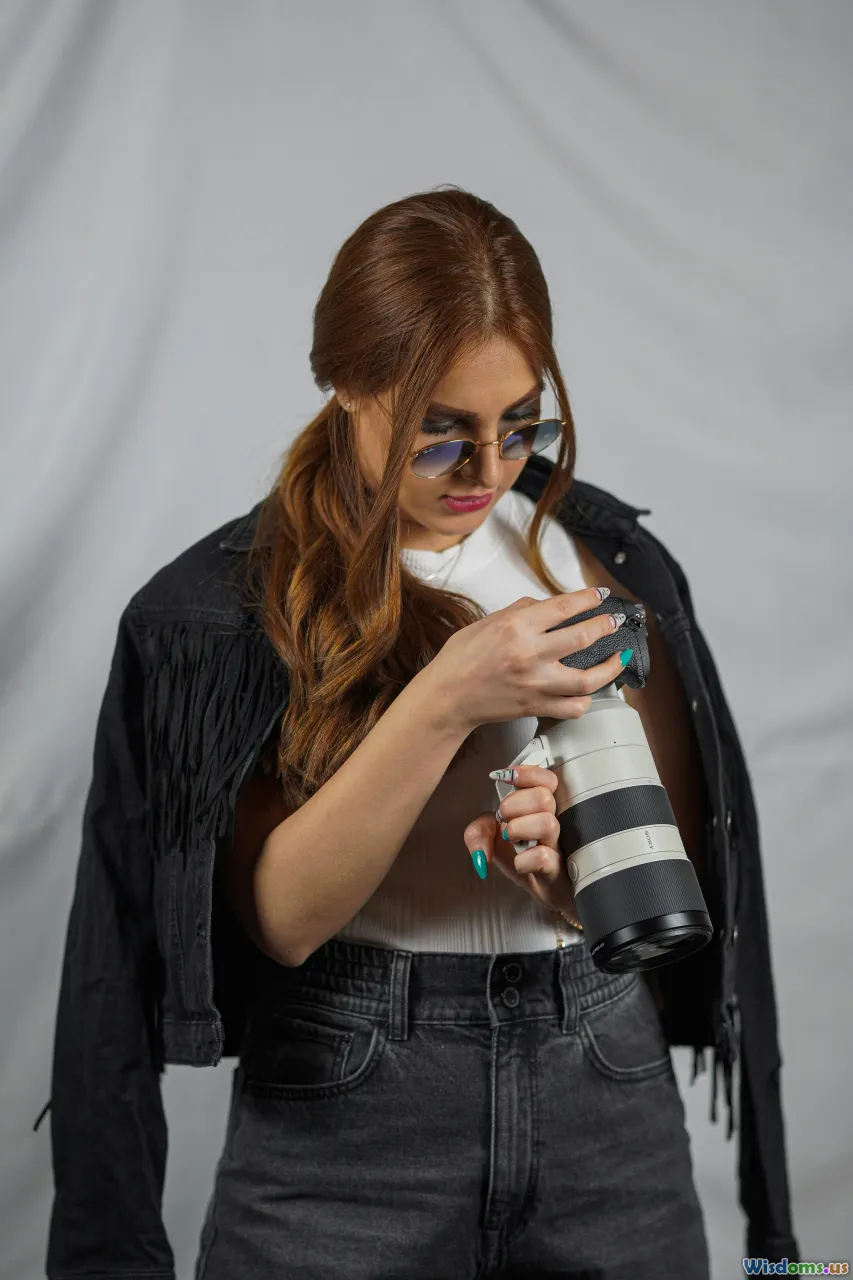
On the first morning, Somerset House buzzed with celebrity stylists and models brushing past security, their earpieces and clipboards forming invisible velvet ropes. Success in LFW photography begins before the runway lights flick on—with patience, craftiness, and guts.
Navigating Security
Freshly minted lanyard swinging, I squeezed past PR reps guarding narrow staircases. Despite my press pass, I was initially corralled to standby zones; the seasoned regulars already occupied their claimed corners.
Backstage life revealed fashion’s frenetic reality: models slipped into couture with the help of nimble dressers, hair stylists invented gravity-defying creations, and make-up artists performed ten-minute miracles. In every corner, stories unfolded.
Tip: Always ask before you shoot close-up portraits backstage. A respectful, soft-spoken request yields friendlier energy in your frame—and frequently opens doors for more candid moments.
Chasing the Shot
At one point, I shadowed a creative director composing a final fitting. The texture of raw fabrics, tight focus on a sequined sleeve, and the laughing chaos as misplaced shoes were recovered from beneath a rack—these unscripted moments outshined any posed shot. My advice: set your camera to silent mode and skip the on-camera flash; authenticity will reward your patience.
The Runway: Capturing Motion in a Maelstrom
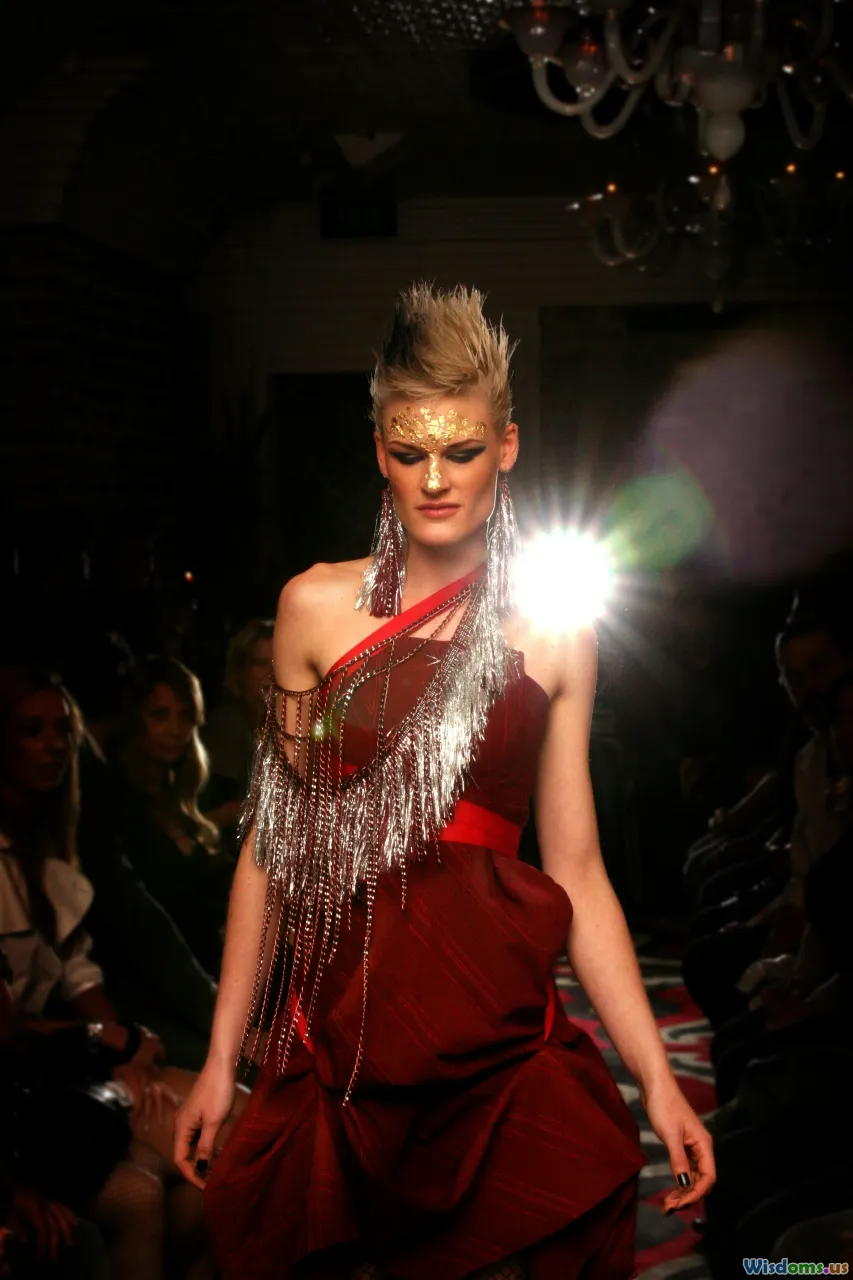
The main event. Charging into the photographer’s pit for my first runway show, I juggled nerves with excitement. The pit—a misnomer for a pen carved out for the lens-wielders—was densely packed, shoulder to shoulder. The trick? Know your brief, your angles, and your rivals.
Camera Settings Survival Guide
Runway shooting is a high-pressure game—one where technical skill must meet ruthless efficiency. Here’s what immediately stood out:
- Shutter Speed: Movement is constant—set a minimum 1/500s to avoid blur (unless you’re artfully panning).
- Aperture and Depth: F/2.8 to F/4.0 gave sharp models and soft backgrounds, but be wary: wide open can cause missed focus with erratic model struts.
- ISO Juggling: Lighting varied every show—from blinding spotlights to moody gels. Don’t be afraid to push your ISO to 3200 or more; grain is preferable over missed moments.
Nailing the Money Shot
Every show ended with the finale walk—the choreographed, collective stride. This framed my best images: the ensemble, unified, striding toward the lens with palpable energy. Pro tip? Pre-focus on the spot on the runway where heads and shoulders align and be ready to burst. While I loved close-up shots, it’s the wide scene—spotlit models bordered by audience awe—that told the full story of LFW.
Street Style: Outside the Schedule
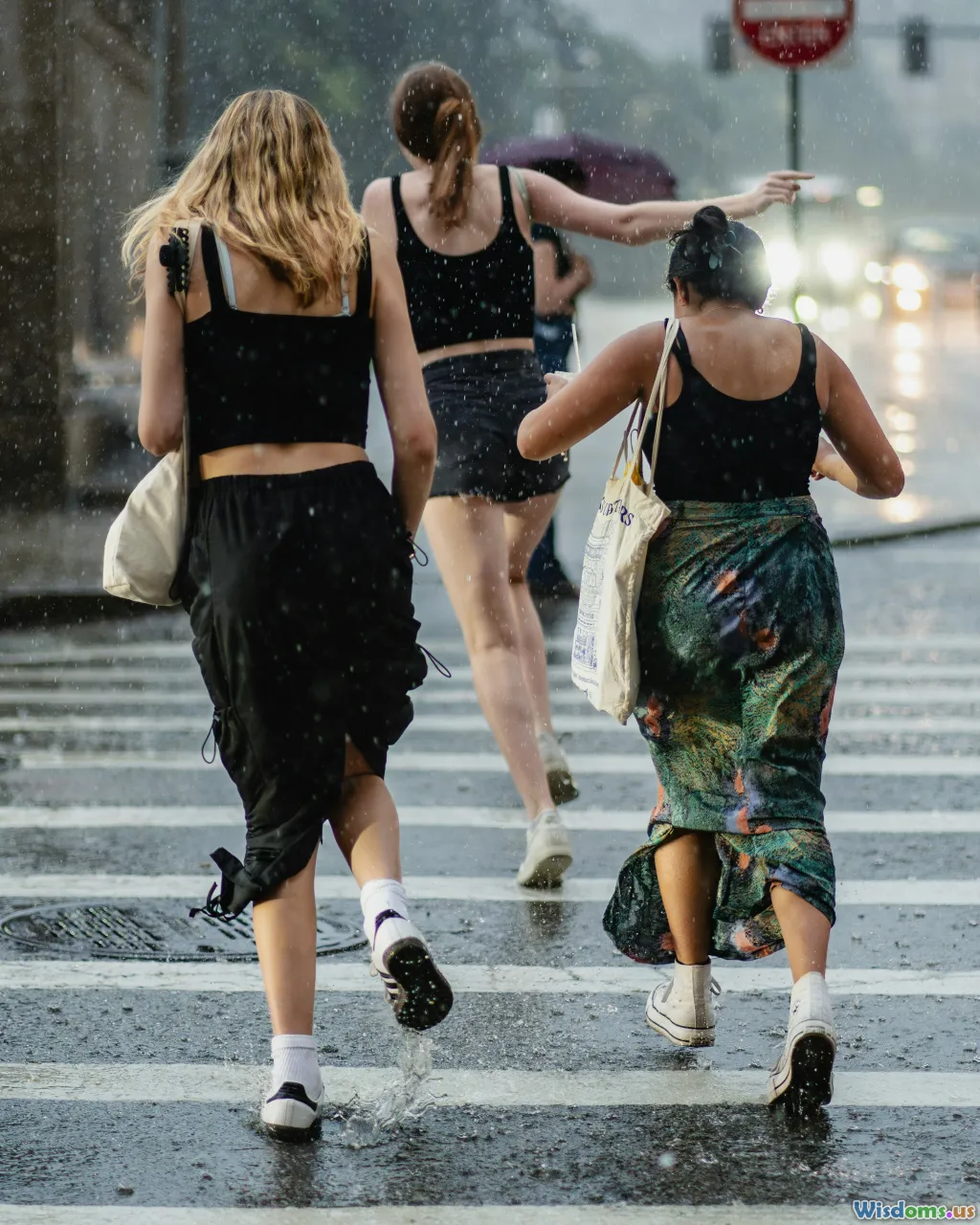
While the runways are magnets for high drama, the best storytelling often transcends the curated shows. Step outside Somerset House or the Old Truman Brewery and you land on a runway of a different kind. Fashion editors, influencers, and maverick stylists swirled in a moving tableau, each eager to spotlight personal style.
How to Approach for Candid Street Style
Urban photographer Bill Cunningham famously scouted personalities before outfits; I adopted a similar lens. Bold color-blocking or a sharp silhouette caught my eye, so I first smiled and gestured (often offering my card), before raising my camera.
- Shoot Wide and Up Close: A 35mm lens let me capture both character and context: eccentric hats, metallic boots, and umbrellas in punchy neons, all grounded within their London backdrop.
- Stay Weather-Ready: London’s caprices teach adaptability. Sudden rain showers led to fashion-forward outerwear and impromptu group huddles under awnings—ripe for dynamic, narrative shots.
Through the crowds, I discovered that the off-duty moments—the cigarette breaks, the laughter between old friends, the outfit malfunctions—reflected just as much creative identity as the main catwalk.
Dealing with the Unexpected
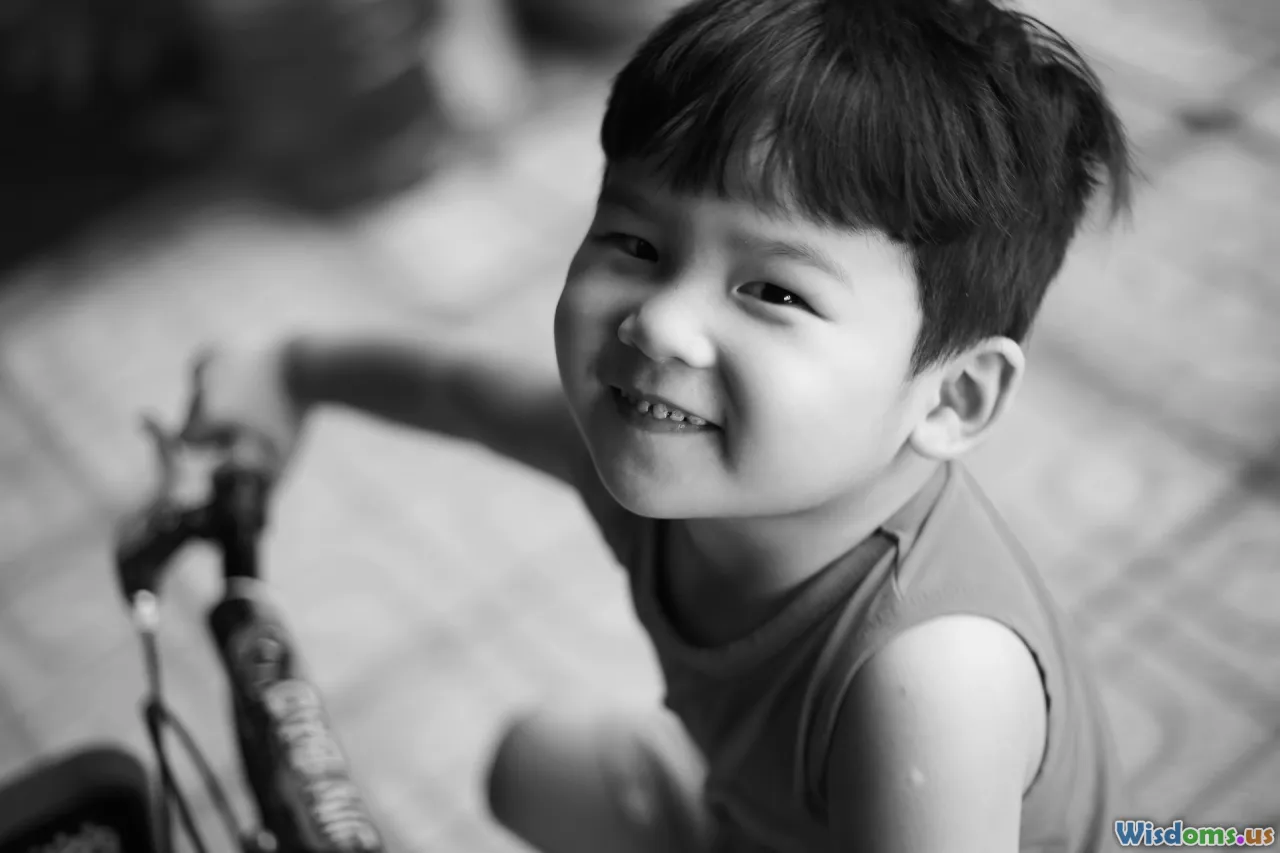
No matter how meticulous your prep, LFW throws daily curveballs. On Day 2, a downpour turned cobblestone walkways into mirrored mosaics, refashioning the street palette into something entirely new. My waterproof bag instantly justified its weight.
Inside, a headline show ran 45 minutes late due to a missing shipment of accessories; panicked PR staff negotiated, a clutch designer dispatched emergency runners to nearby stores. As the press crowd grew restless, I used the lull to document designers on their phones, models improvising TikTok skits to pass the time—a slice of backstage reality.
When an unexpected celebrity arrived for a presentation, crowd control vanished. In the affable chaos, another rookie and I teamed up to gain better vantage. I learned, quickly: alliances form and dissolve in minutes at fashion week. Trust a friendly face, but know when to branch out solo.
Practical Tip: Always carry a backup battery, lens cloth, and a roll of gaffer tape. During one runway, a senior photographer saved his battered monopod mid-show with makeshift tape surgery; speed, improvisation, and treating fellow photographers with respect count for just as much as artistry.
The Edit: From Thousands of Frames to Storytelling Sets
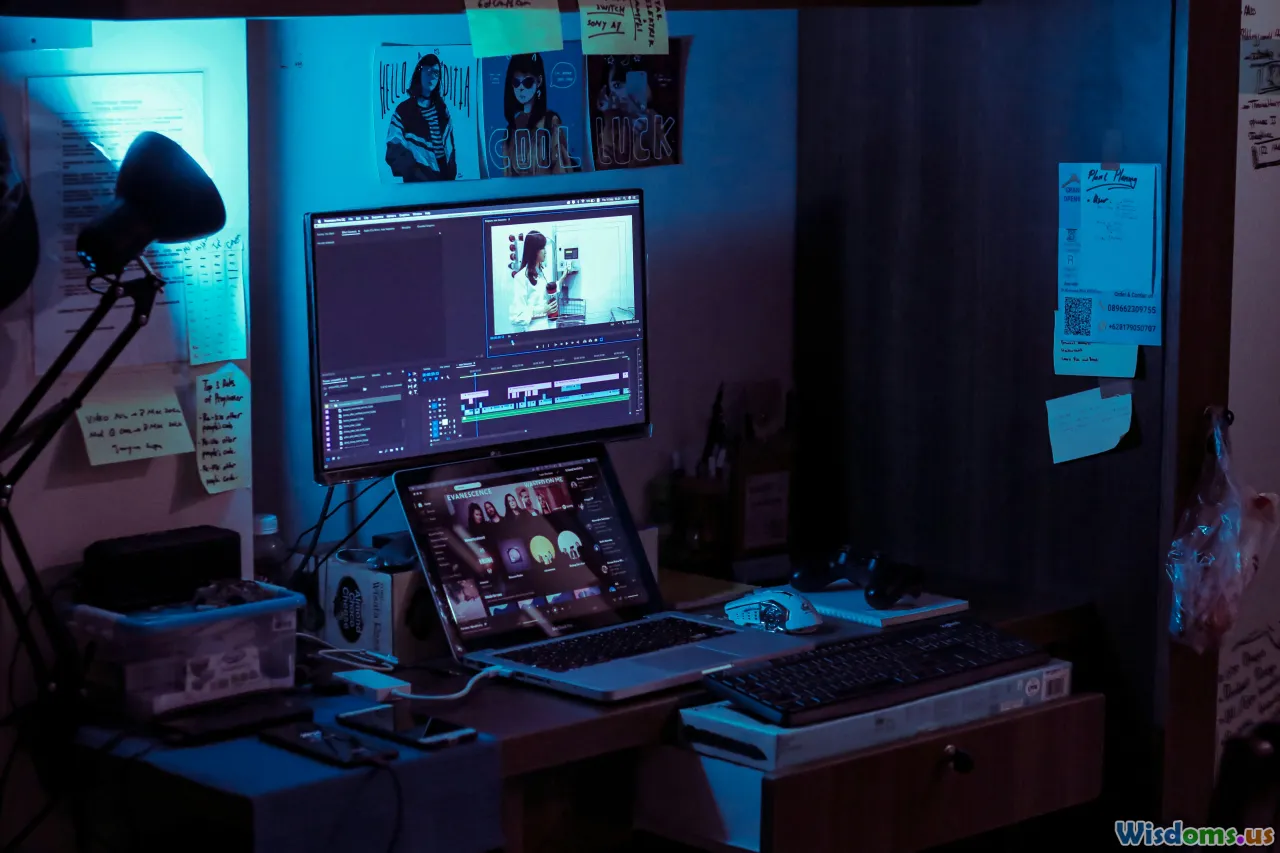
My biggest shock post-LFW? The volume of images: over three days, I’d captured more than 7,000 frames. The daunting challenge—curate a tight, publishable story out of the avalanche.
Culling and Selection
- First pass: Dump everything onto a RAID-enabled external drive. The last thing you want is accidental loss.
- Flag rapidly: Rely on your photographer’s instinct—star the obvious winners, hide technical misfires, and flag duplicates for later.
- Look for Narratives: Editors and agencies crave continuity—a flow of looks, emotions, runway detail, reaction shots.
Editing Workflow
I stuck to Lightroom for color balancing and exposure fixes. The key is restraint. Over-editing dates your images. The LFW palette—wispy whites, saturated reds, the deep blue gloom of rainy afternoons—needed only subtle adjustment to shine.
Smart cropping rescued plenty of near-misses, transforming awkward spills at the crop edge into tight, dramatic portraits. Remember: always save hi-res versions for print and web, since LFW coverage often circulates for months afterward.
Lessons for Next Time: Personal Growth and Professional Realities
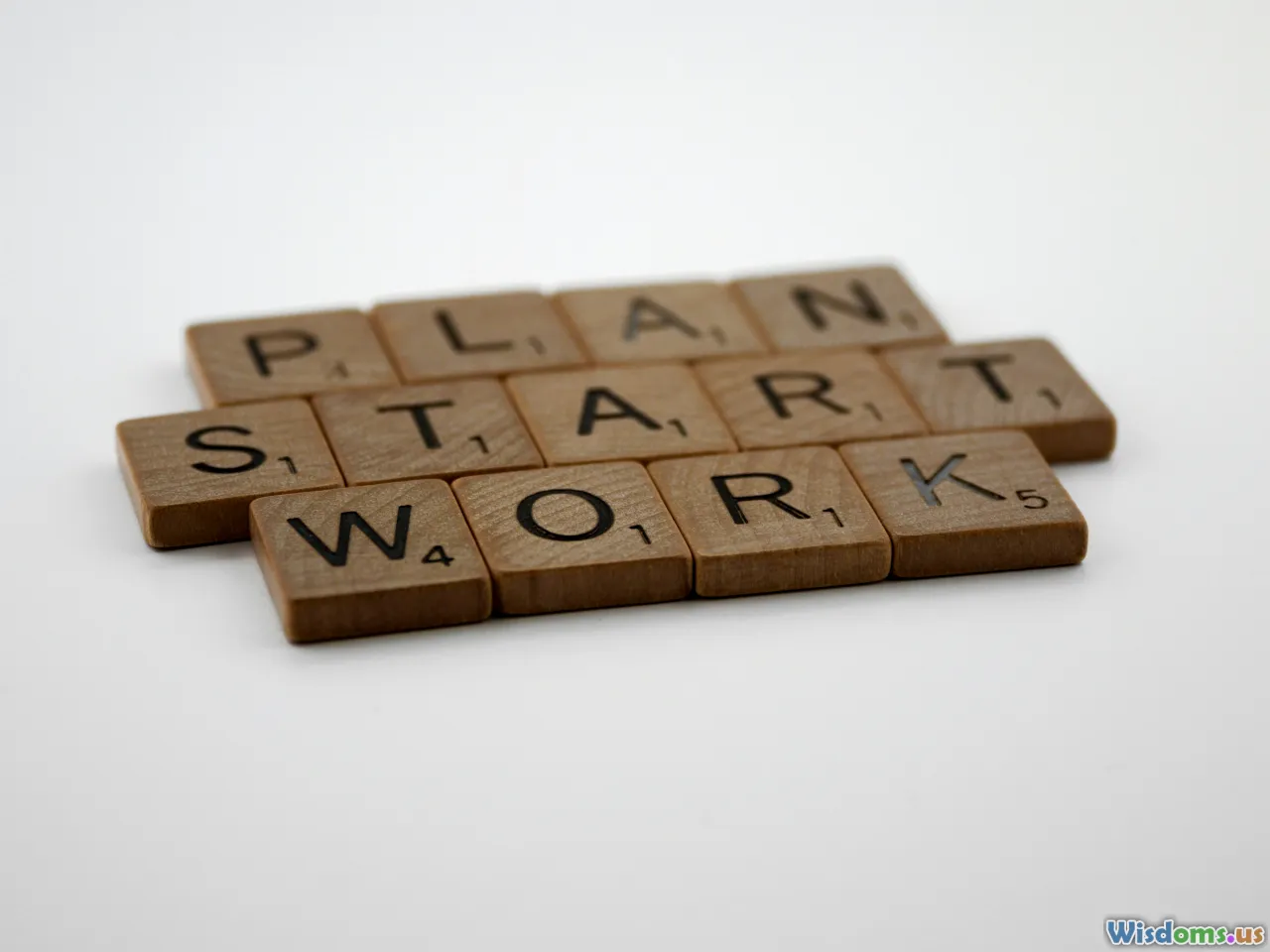
Reflecting on that first LFW experience, a handful of lessons stand out:
- Community > Competition: The fashion week pit can feel adversarial, but genuine, even brief, camaraderie made the stressful days manageable—and fueled creativity.
- Stay Nimble: Fast reactions trump elaborate pre-planned setups. Versatility won out over perfect glass or extensive lighting kits.
- Confidence Grows with Action: Each click, each day, my nerves faded. Whether squeezing into a tight corridor for a model lineup or braving a flash outside for a street style star, I learned to ask boldly and shoot without hesitation.
Building Your Own Voice
One often-unspoken truth: your images are also your calling card. LFW is as much about networking as shooting. I swapped Instagrams with PR teams, models, and stylists—always asking before sending edited candids. Mutually respectful follow-ups landed further opportunities for editorial features and lookbooks post-LFW.
Final Reflections: The Allure and Aftermath
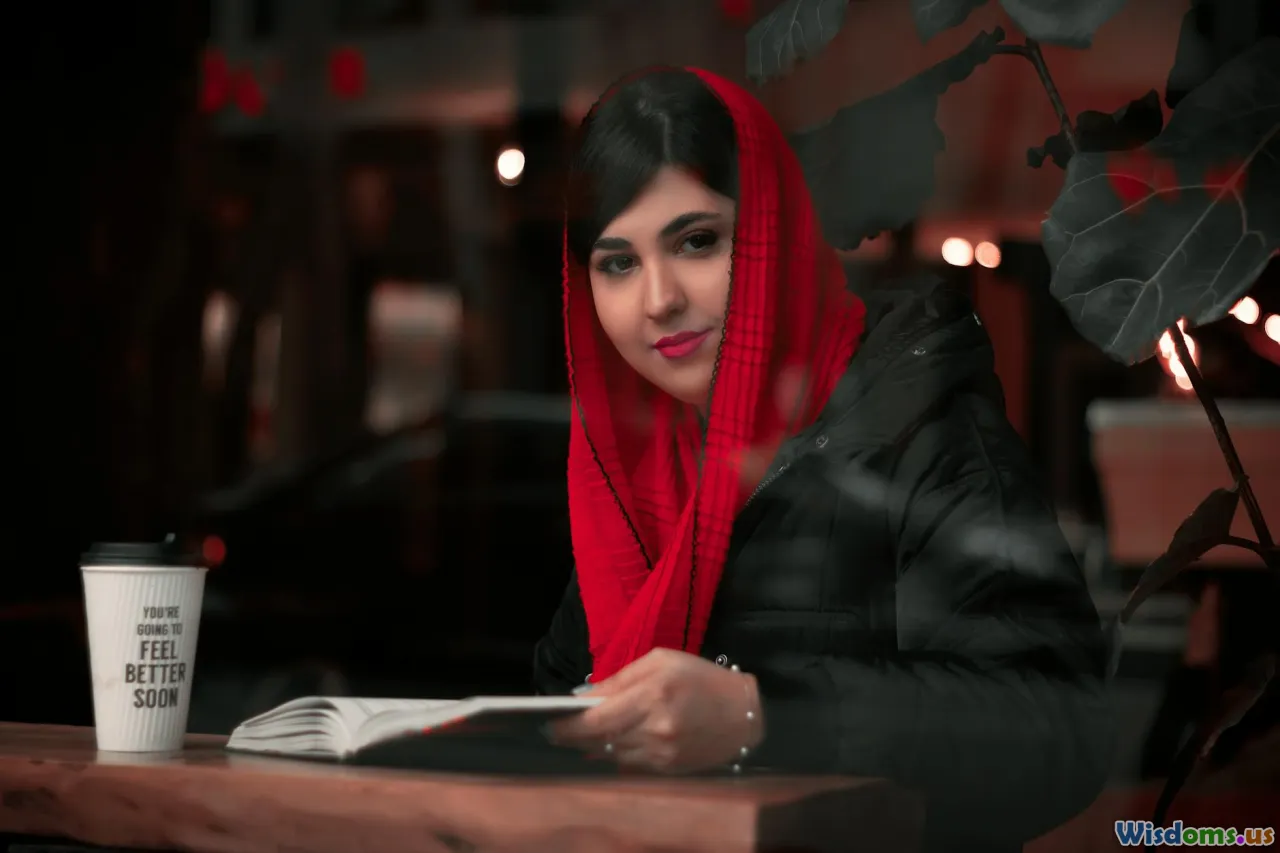
By the week’s end, my feet ached, my memory cards overflowed, and the haze of adrenaline receded into exhaustion. London Fashion Week is famously unfiltered—hectic, mesmerizing, occasionally nerve-wracking.
But that rawness is where its soul lies. The chance to both witness and author a visual narrative, to tussle for angles beside the best, to find beauty not only in couture but in the candid and unguarded—that’s what hooked me. I emerged not only with images, but with growing creative muscle, insider friendships, and the appetite to do it all again next season, armed with hard-won nous and a renewed eye for the unrepeatable.
Rate the Post
User Reviews
Popular Posts










